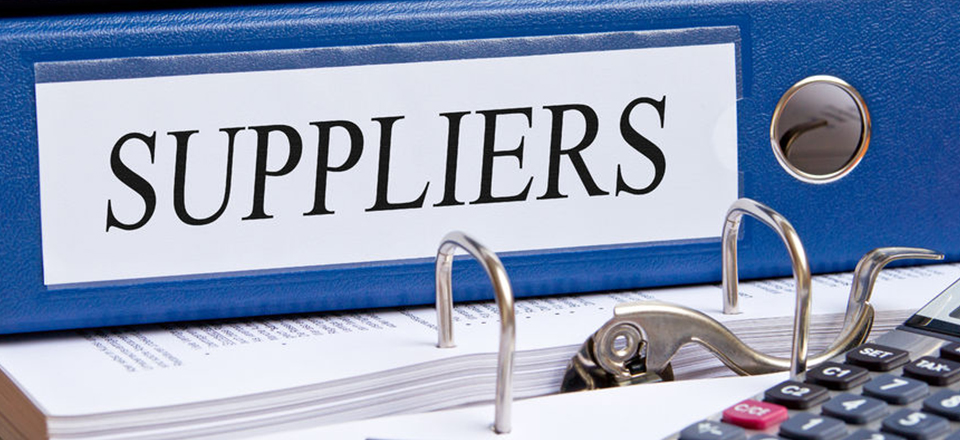If your SME is anything like the thousands of others operating in today’s global market, your supply chain probably extends as far as only those of large organisations might have done in the not-so-distant past.
If that’s the case though, do you have a solid understanding of the risks posed by your suppliers?
For many smaller businesses, identifying and quantifying supplier risks is a challenging task, often receiving less attention than it deserves. The problem is that when risks are not properly understood, they are typically underestimated—a mistake which itself poses a threat to service performance.
Act Now to Understand and Mitigate Supplier Risks
As complicated as it can be to evaluate supplier risk, it’s not impossible, even when the budget for such activity is limited. The tips that follow will help you take some practical first steps toward improved intelligence, and may even enable you to begin managing and mitigating the risk of supply chain disruptions. In fact, these guidelines are so actionable, that you can (and probably should) start putting them to use right away.
Review and Improve Supplier Selection Process
The first step in minimizing supplier risk is to select reliable, high-quality suppliers in the first place. Therefore, before you focus your attention on existing suppliers, it makes sense to review and improve your supplier selection process, enabling you to reduce the risks involved in taking on new suppliers in the future.
Identify and Understand Key Suppliers
Make sure you know which suppliers you are most reliant on, and get to know them as well as possible. In particular, you should know their specific business challenges, and the measures they employ to protect them from their own perceived risks.
Measure Supplier Performance
Supplier performance is a good indicator of risk levels, so if you don’t currently monitor the performance of your key suppliers, it will be a good idea to implement one or two metrics to do so. If you are monitoring performance constantly, you will be able to detect even small deteriorations, which might be precursors to more serious problems. Spotting these deviations early will enable you to preempt potential supply chain disruptions.
Recognise the Warning Signs of Supplier Distress
While supplier risks can be related to environmental, political, or other external forces, it’s more common for the risks to arise from internal factors, especially financial difficulties. That’s why it is important to recognize the signs that warn of such issues, and to track supplier performance in order to see the symptoms if they appear.
Some of the symptoms of a supplier in financial distress include:
- Sudden changes in senior management
- Late deliveries
- Increases in cycle and lead times
- Re-sourcing of components of materials
While supplier performance KPIs will not reveal management changes or resourcing, you should be able to spot these issues without difficulty if you are working closely with your key suppliers. Your metrics should include the measurement of on-time delivery and cycle times, so that you can react in good time if issues begin to arise in these areas.
Know Your Suppliers’ Suppliers
The steps above will get your company some way toward understanding supplier risk, but they really represent only the most fundamental safeguards. If you are able to implement these, it will be worth extending your intelligence to include supplier sub-tiers, as it is here that problems often begin.
Of course, this is where risk identification becomes complex, but if you build strong relationships with your Tier-1 suppliers, they should be pleased to collaborate with you in an analysis of sub-tier supply-chain risk.
If you would like some help to evaluate risk in your SME’s supply chain, Dawson Consulting offers a range of relevant services that can be tailored to your requirements.
Our procurement auditing service, for example, might be a good first step, as along with an evaluation of your current suppliers, we review and analyse a range of other inbound logistics elements that can threaten your company’s service performance. To find out more about this or any of our other supply chain consulting services, Contact us today.
